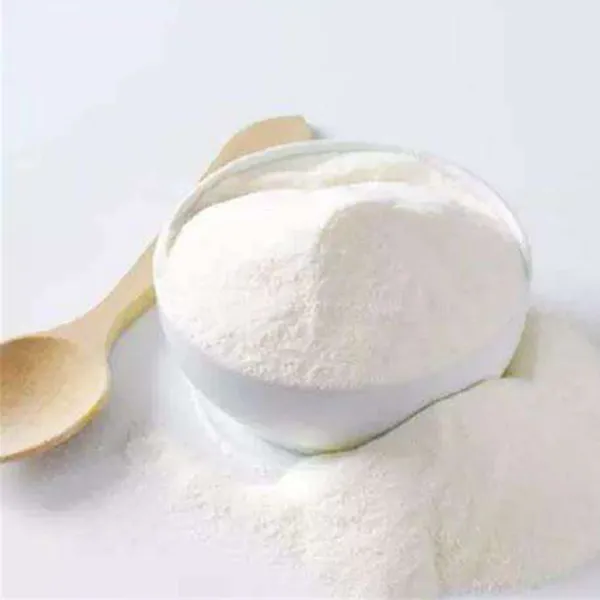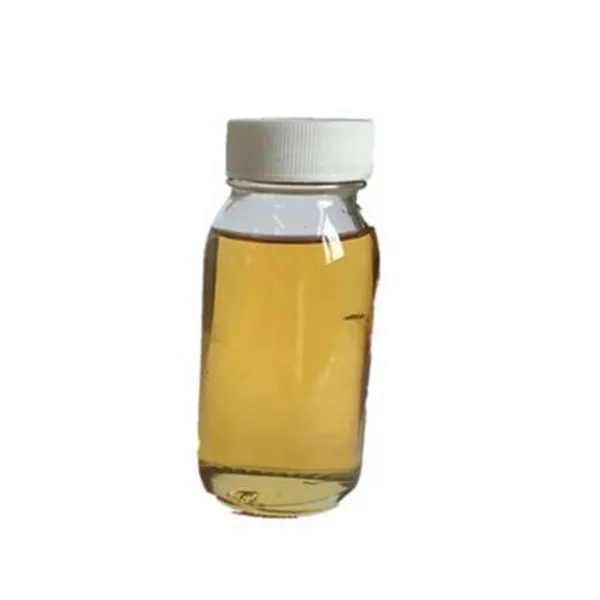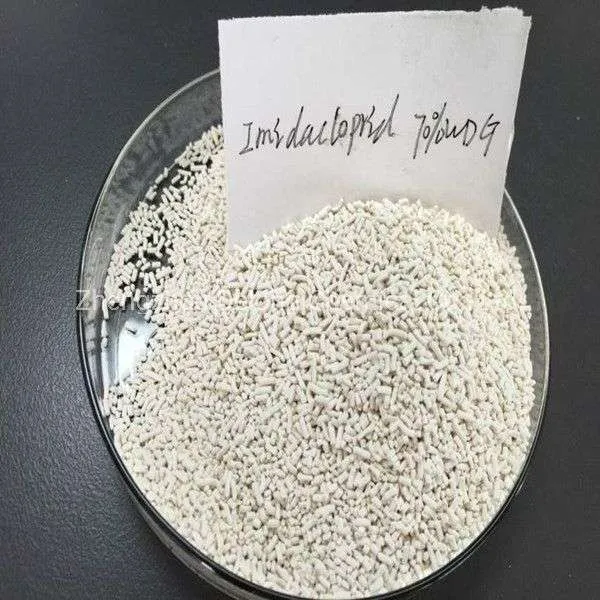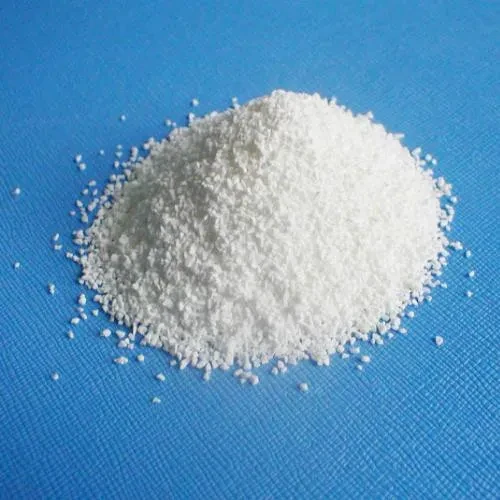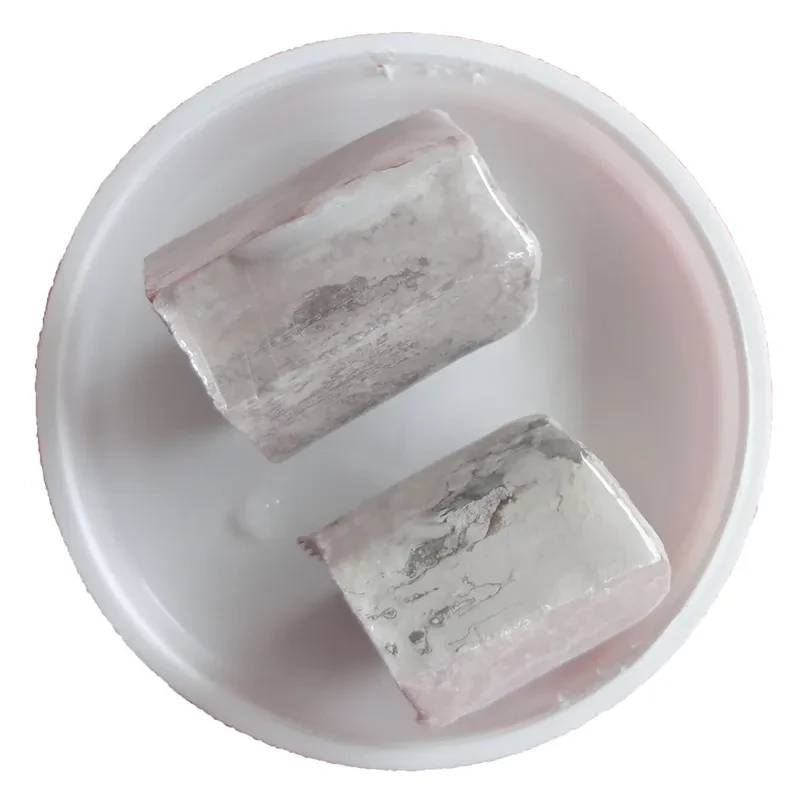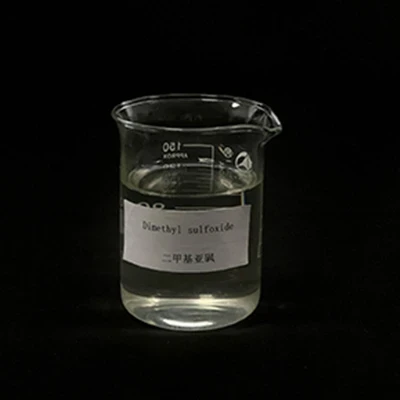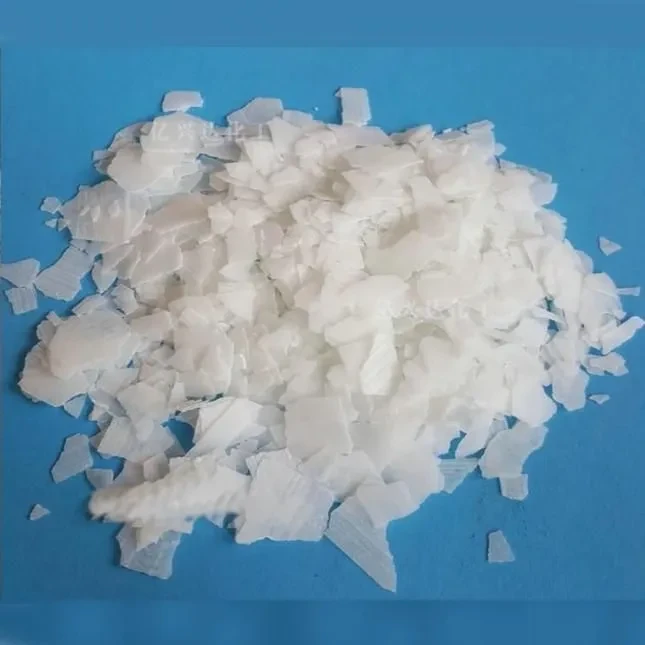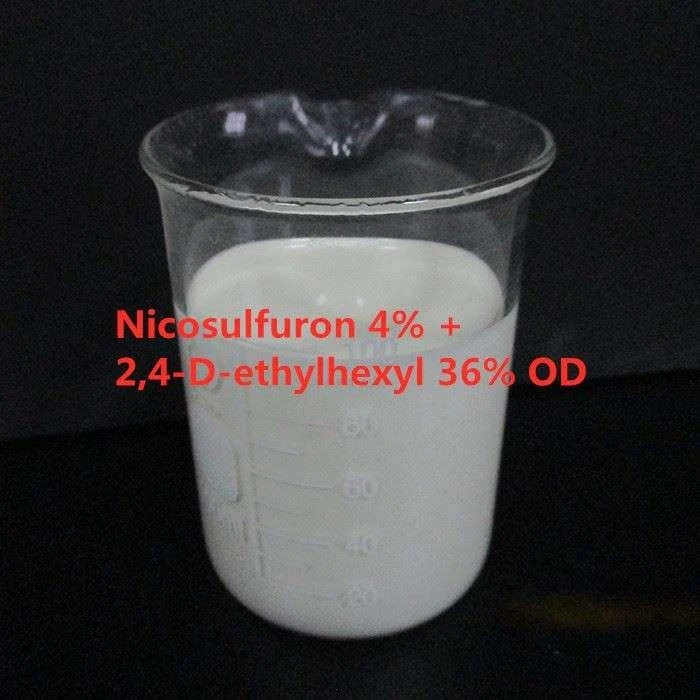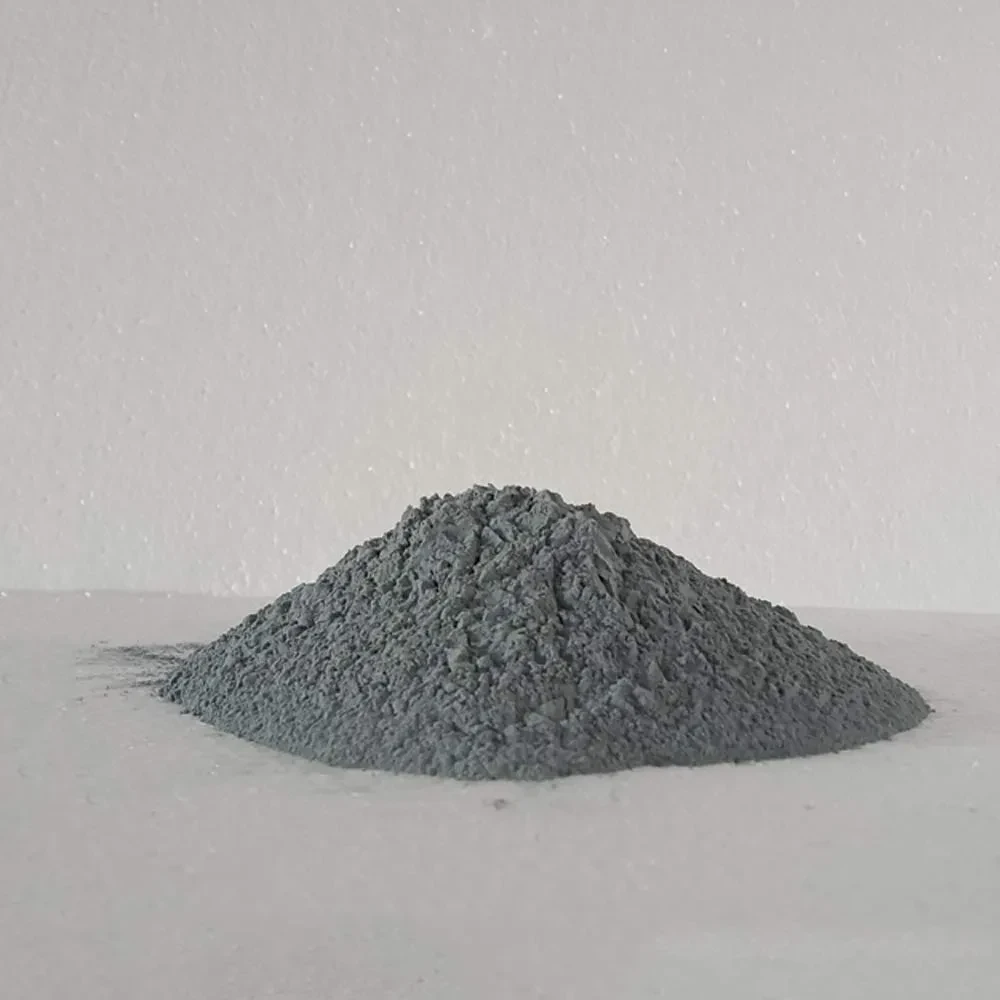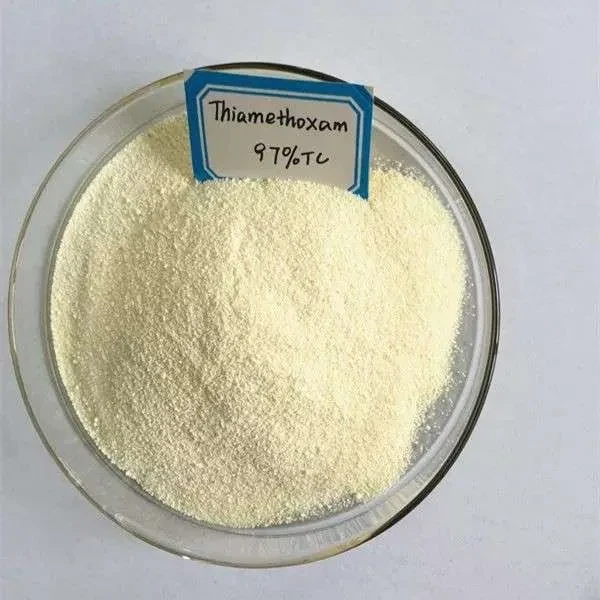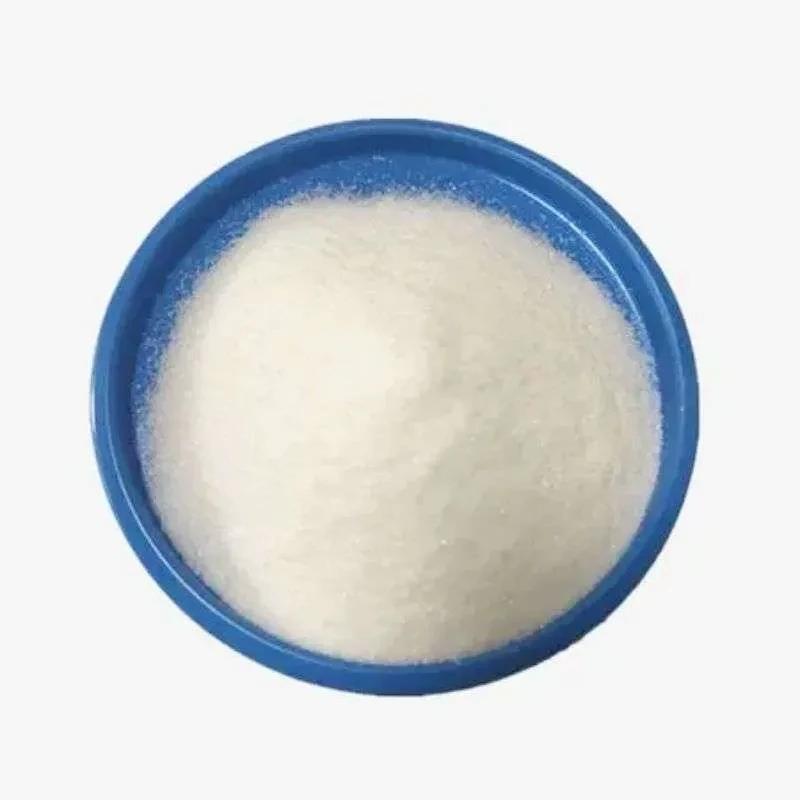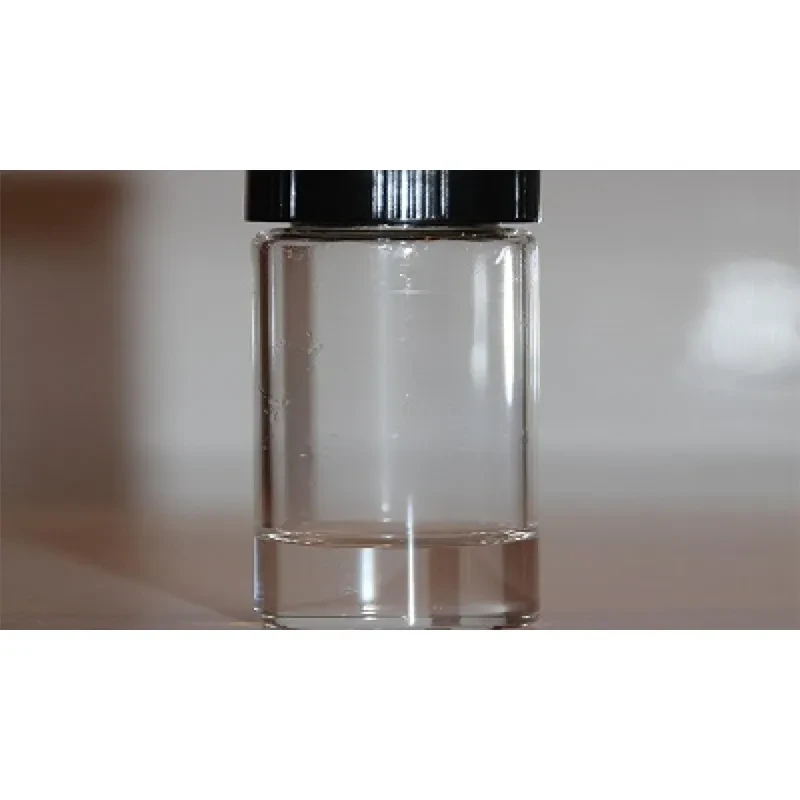Imidacloprid Properties
| CAS | 138261-41-3 |
| Melting point | 144°C |
| Boiling point | 93.5°C (rough estimate) |
| Density | 1.54 |
| vapor pressure | 2 x 10-7 |
| refractive index | 1.5790 (estimate) |
| Flash point | 2 °C |
| storage temp | 0-6°C |
| pka | 7.16±0.20(Predicted) |
| form | Solid |
| color | White to off-white |
| Water Solubility | 0.061 g/100mL at 20 ºC |
SAFETY
| Risk and Safety Statements | |
| Symbol(GHS) | GHS hazard GHS07,GHS09 |
| Signal word | Warning |
| Hazard statements | H302-H410 |
| Precautionary statements | P273-P301+P312+P330 |
| Hazard Codes | N,Xn,F |
| Risk Statements | 11-20/21/22-36-22-20/22 |
| Safety Statements | 26-36-22-36/37-16-46-44 |
| RIDADR | UN 2588 |
| WGK Germany | 2 |
| RTECS | NJ0560000 |
| HazardClass | 6.1(b) |
| PackingGroup | III |
| HS Code | 29333990 |
Background
Imidacloprid is a neonicotinoid, which is a class of neuro-active insecticides modeled after nicotine. It is marketed as pest control, seed treatment, an insecticide spray, termite control, flea control, and a systemic insecticide.
How it works
Imidacloprid disrupts the nerve's ability to send a normal signal, and the nervous system stops working the way it should. Imidacloprid is much more toxic to insects and other invertebrates than it is to mammals and birds because it binds better to the receptors of insect nerve cells.
Imidacloprid is a systemic insecticide, which means that plants take it up from the soil or through the leaves and it spreads throughout the plant's stems, leaves, fruit, and flowers. Insects that chew or suck on the treated plants end up eating the imidacloprid as well. Once the insects eat the imidacloprid, it damages their nervous system and they eventually die.
Our supply includes:



